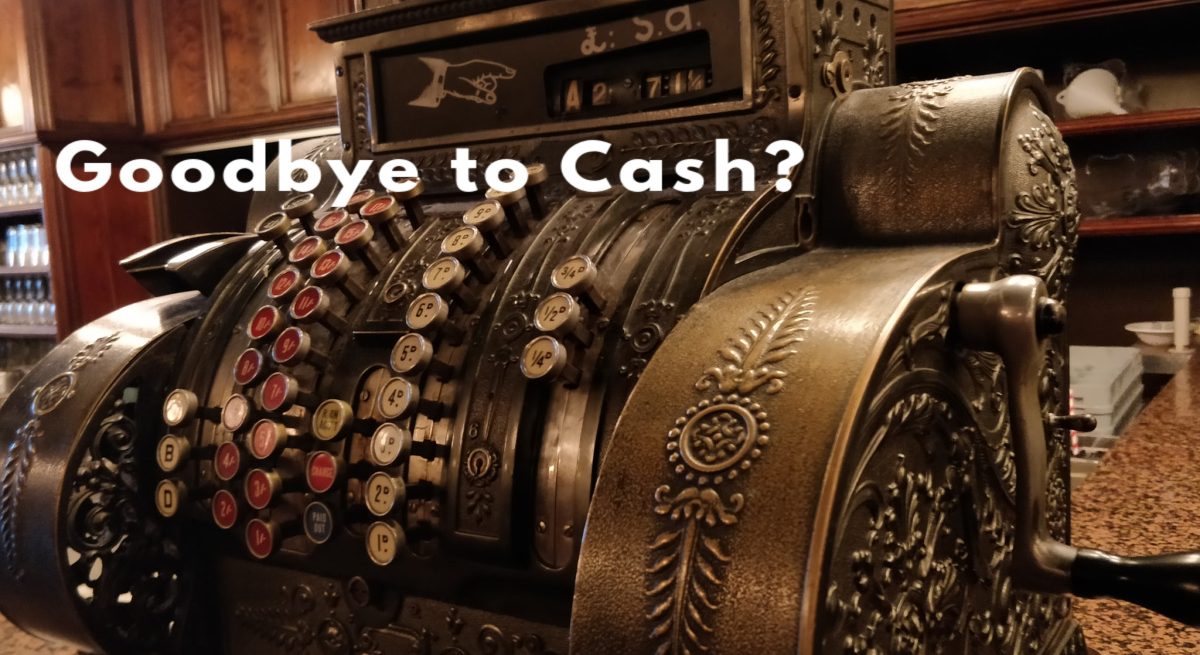Pros and Cons of a Cashless Restaurant Business
3 Min Read By Graham Campbell
“Cash or card?” With the rise of mobile payment and cashless options, this infamous question may soon be a thing of the past in the foodservice industry and beyond.
Although the average American still carries cash in their wallet and uses it for nearly one-third of transactions, cashless restaurants are on the rise. Some view the cashless trend as discriminatory against patrons who can’t afford the costs associated with having credit cards, bank accounts or smartphones. According to the FDIC, 8.4 million U.S. households don’t have a bank account, while 22 percent of Americans don’t have a credit card.
Before adopting a system in which only cards or mobile payments are allowed, restaurant owners should balance the benefits against the risk of losing customers who prefer, or need, to pay with cash.
Reasons to Go Cashless
For many restaurant owners, the main incentive to go cashless is, first and foremost, to increase the bottom line. For example, to handle the average daily cash flow, managers either spend valuable hours going to the bank, or restaurants have to pay for a deposit bag pick-up service.
In addition, a cashless restaurant model means small business owners don’t have to worry about the anxieties that come with housing a large amount of money on the premises, such as robbery, employee theft, counterfeits and expensive human error.
With the simplification of removing cash, restaurant owners are able to prioritize fast transactions at the point-of-sale, which can be especially important for QSR and fast-casual concepts. Sweetgreen reported the ability to process as many as 15 percent more sales an hour thanks to its cashless payment system. Going cashless also encourages the use of mobile payments and loyalty program apps, which enables increased customer participation and valuable data collection.
Lastly, a paperless model helps modern restaurant brands tie into an aesthetic or culture in order to appeal to a specific audience. Many hip and millennial-friendly restaurants already do most of their business through mobile payment or credit and look for ways to attract tech-savvy consumers instead of clientele that might be more averse to using credit.
The Other Side of the Coin
Many business owners are hesitant to fully embrace the cashless trend because, despite the growing number of card transactions, a significant percentage of customers still pay in cash. Although mobile payment apps such as Google, Apple Pay or CashApp are very common, there is still no universally used platform. Until everyone has access to the same methods of mobile payment, small restaurant owners aren’t willing to give up the crucial percentage of business brought in through cash.
Plus, credit card transactions are generally more expensive for smaller businesses or single-location businesses as companies like Amex have high transaction fees. Some restaurants even offer discounts for cash payment.
Critics point out that while most Americans do have bank accounts and cards, cashless policies discriminate against the under-18 demographic and unbanked. There are also plenty of customers who have access to banks but prefer to use cash for personal reasons such as privacy issues and data security.
These discriminatory issues have resulted in a public backlash and resistance to the notion of a cashless economy. While federal law doesn’t require a private business like a restaurant to take U.S. currency, there are several state lawmakers, civic advocacy groups and groups like the National Retail Federation and International Currency Association that are pushing back against the cashless trend.
Still, despite the downsides, many advocates claim a cashless option may be the next step in the foodservice space. Since the success of a cashless system depends heavily on each individual restaurant’s business model and concept, only time will tell if the future will be completely cashless.


